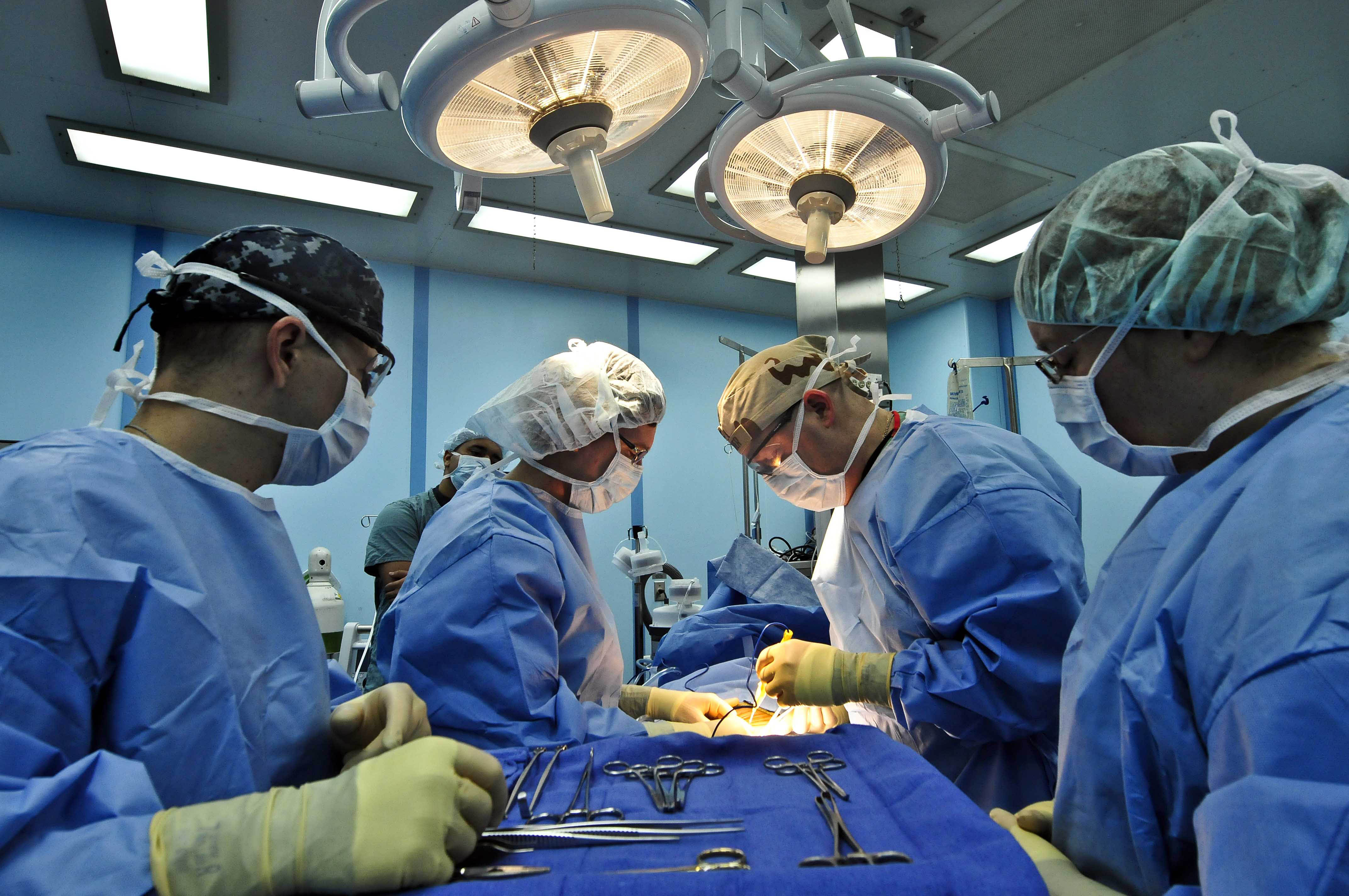
Minimalism. It’s a trend/movement that’s been picking up steam for at least a decade.
People are attracted to minimalism for many reasons.
Some accidentally – they travel with just a backpack, and decide life is better with less baggage. But some become minimalists out of sheer survival – because their health is so poor they just can’t continue to live life the way they used to.
A smaller house/apartment, fewer things to maintain – choosing to downsize can make life easier to handle logistically and financially. It can also make life easier to handle psychologically. But, in many ways, shedding possessions is the easier course of action.
Shedding commitments is much more difficult.
Duty. Responsibility. Taking Care of Others. Social Responsibility. Civic Duty. Family. Friends. Job. Church. Volunteerism.
We are so busy, in our current culture. We pride ourselves on how busy we are. We compete with others over how busy we are, as if that is a symbol of our worth. We are human doings, not human beings.
Until.
Until we get the news, or the diagnosis. Until something happens that alters our priorities and shifts our perspective.
Until we remember that the privilege of being is the most important thing.
For a very long time, I tried to keep doing all the things. I got sicker and sicker because I tried to power through it. I “couldn’t afford” to be sick. I needed to fulfill my responsibilities at work – one hundred percent or more. I had to fulfill my commitments to my family, and friends, and to the organizations for which I volunteered, and to the kids I mentored, and, and, and…
And then I woke up one day and couldn’t do ANY of the things.

I couldn’t keep the plates spinning anymore. And they slowly started crashing to the ground…
I fought it for a long time, even after that. “I can’t keep them all spinning, but I should be able to keep these three spinning.” CRASH! “Surely I can keep these two spinning.” CRASH!! “Come on! I can keep at least ONE spinning, right?” CRASH!!!
And then I wallowed, frustrated and unwilling to believe that I could do NONE of the things.
But facts do not change simply because we do not like them.
And the fact is that I am currently dealing with either severe allergies or an auto-immune disease (or both?).
And suddenly life is becoming much more simple, due to survival minimalism.
I used to find it very difficult to get rid of papers and books. Although I have been trying for years to downsize and become more minimalist, books and papers were the challenge for me.
I love books. I love physical books. I have resisted getting an e-reader because I like to hold books in my hands, and write notes in the margins, and highlight important parts of them, and even mark reference sections with book darts. Book darts.
I once lived out of a backpack for a year – worldly possessions in storage, traveling the world. Know what I missed? My books.
But now… I am allergic to book mold. And possibly to dust as well.
And, suddenly, old books and old papers cause an allergic reaction that makes me ill – for days.
So now I am parting with books, and reducing the papers (currently in binders, and in filing cabinets, and in stacks).
I will most likely purchase a high-quality scanner, to save some of the information on those papers, and an e-reader, to replace some of those books. And, although parting with the books makes me sad, it also feels like freedom. I don’t dither anymore over whether to keep a book or a document.
It has become very simple: It all must go, because it makes me ill.
The same thing is happening with my diet (post pending). I have passed through the mourning period for all the foods I can no longer have (pizza commercials were torture!). Now I can watch food commercials on TV with disinterest. Easy to do, when you know eating it will make you sick for days…
Likewise for social obligations. Initially, I felt guilty for all the obligations I could no longer fulfill. But the current reality is that I can’t leave my house without getting ill. The outside world is BRIGHT, LOUD, and full of FRAGRANCE. Not to mention ALLERGENS. So, if it’s not critical to my health (doctors’ appointments), I’m not leaving the house. Sorry, not sorry. You’re welcome to come visit me, if you’re not wearing FRAGRANCE (that includes scented laundry detergents and fabric softeners).
It’s getting all Oregon Trail up in here.
Remember playing Oregon Trail, and starting out with all the items you thought were essential, but jettisoning more and more of those items as the trip went on? Survival Minimalism.
“But that’s a Family Heirloom!” “The Indians are gaining on us – toss it overboard!” “But that has sentimental value!” “The oxen are too weak from thirst – leave it by the side of the trail.” Survival Minimalism.
Priority Shift. New Perspective. Life suddenly becomes very simple.
Do. Or Do Not. It has become a no-brainer.
I’m letting go of the things that make me sick.
I don’t “should” on myself anymore. I do what I can for others, and I let the rest go.
The world rushes on past, in its busyness, and I am here, in my quiet eddy, learning how to be. Striving to be…healthy.
It’s a crucible, and all the non-essential things are being burned away.
Survival Minimalism. It’s not for everyone, but it might be for you.









